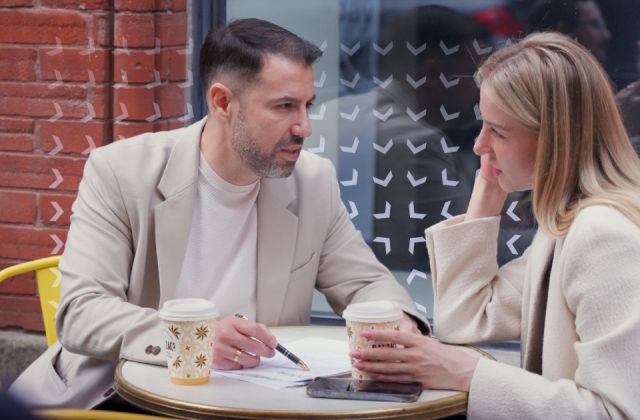Let’s face it: most of us are seeking a little more control over our lives these days. Call it a byproduct of living through an ongoing pandemic and all of its stressors, but feeling like situations in our world are “out of control” takes a hard toll on us in many ways.
From a business perspective, the need for control – or at least, sensing when disruptions or challenges might be on the way and having time to react accordingly – is not a “nice to have” thing; it’s an imperative. There’s zero room for anything to be “out of control” in your supply chain or the repercussions can be dire.
Supply chain planning strategies often incorporate control towers to help visualize the end-to-end supply chain and stay abreast of trouble. First, a quick definition of control towers. Gartner VP Analyst Christian Titze said in a Supply Chain Dive article: “Gartner defines 'control towers' as a concept combining five elements – people, process, data and organization supported by a set of technology-enabled capabilities for transparency and coordination.”
Technology is at the heart of a well-functioning control tower, but it really only plays a supporting role. Strong data can show you a lot, but it requires the alignment of processes and people to go beyond simply “seeing” a disruption in the supply chain.
Visibility from your control tower is no longer enough in today’s world. It’s time to move toward control towers capable of delivering actionable insights to gain transparency. After all, transparency helps you understand the context of what you are visualizing. Rather than waiting passively for what’s coming next… you can proactively change it.
In our latest Kinaxis eBook we break down three critical capabilities necessary to enable transparency. Here are some high-level points, but read the entire eBook to get the full picture:
- Real-time transparency. Control tower solutions offering visibility alone act as little more than glorified dashboards. They may connect all your data in one centralized location, but more sophisticated control towers let you analyze, compare data using scenarios and digital twins to deliver real-time representations of your supply chain.
- Cognitive automation. It takes lots of time and manual work to plan and re-plan to keep a supply chain functioning no matter what challenges come along. Automation can free up planners’ valuable time by taking visibility gained from supply chain data inputs into an understanding of what to do next and handle mundane, repetitive tasks. Cognitive automation goes a step further and learns from the actions and decisions planners make to drive ongoing improvements to system generated actions. Who wouldn’t want that kind of support in your control tower?
- Augmented intelligence. This is when human and machine intelligence are combined to generate the best outcomes. Machines are great at sifting through vast amounts of data, and humans are great at handling nuances and intricacies of human relationships. Put the power of these two things together and you’ve got a better way to respond, adapt and then execute informed decisions.
One thing’s for certain: an ever-changing world brings with it lots of expectations for agility. Supply chains around the world have dealt with severe challenges, and everyone is learning and adapting along the way.
If it’s time to take those lessons and dive into improved efficiencies and faster, more educated decisions, check out our Ultimate Supply Chain Planner’s kit for five resources in one place. Including eBooks on supply planning, S&OP, inventory management, demand planning and control towers, the kit will help you prepare to handle whatever occurs next.
Additional Resources
- Supply chain control tower frequently asked questions





